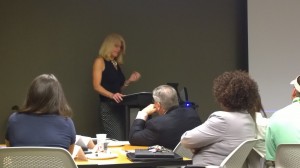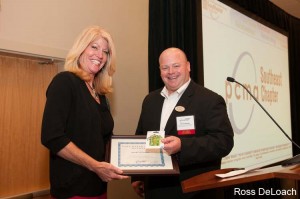In our last post, we discussed the importance of pre-show planning. One essential element of planning is understanding your audience. With the demographic shift going on in America, the audience for many trade shows is changing.
An estimated 10,000 Boomers a day turn 65 and approximately two-thirds of workers will retire at that age. As a result, exhibitors and show organizers need to revisit their trade show marketing plans to make sure they understand younger audience, what they are looking for and how they make decisions.
CEIR recently released The 2014 Young Professional Attendee Needs and Preferences Study. The results were encouraging and enlightening. Young people highly value trade shows. However, marketers shouldn’t rely on stereotypes when trying to reach them. Surprisingly the Internet Generation still relies on direct marketing when searching out information about shows. 58% rely on email. 41% rely on direct mail from show organizers or exhibitors. While social media is woven into the fabric of their lives, they seem to prefer direct mail, email and visits to the show’s site to gather in-depth show information.
Another surprising finding from the report is how dependent young professionals are on the printed show program. Despite how attached they are to their mobile devices, only 26% use a mobile app version of the program. The major barrier to using the app was their dislike of downloading an app that would only be used once. This finding is consistent with other mobile industry research. Phone and tablet space is limited. Most apps are downloaded in the first month of phone ownership and the most frequently used apps are those that came preloaded on the phone.
So what is a trade show marketer to do? Be sure to do your homework. Study the attendees’ demographic profile. Speak with the Association and become familiar with their pre-event and onsite marketing messages. Beef up your exhibitor profile with thoughtful and insightful content. Reach out to key customers, attendees and key influencers with personalized and relevant email and direct mail invitations to visit your booth and schedule an appointment.
If you would like more suggestions on structuring your trade show marketing plan, continue following this blog or contact Barbara Stroup for a customized consultation.



